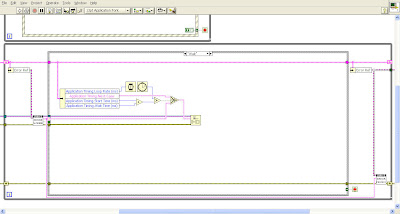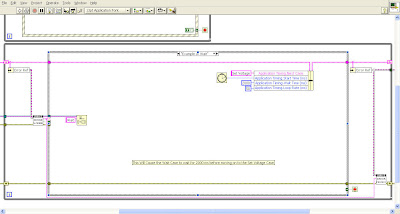By: Todd VanGilder – Project Manager, CLA
In our line of work a big part of the job is getting the system up and running at the customer site. Sometimes you are providing the customer with a turnkey system, and you do a complete runoff and customer acceptance on the shop floor prior to shipping. In these situations onsite installation is clearly defined and after a few days on site you are up and running. However, often you are only providing a piece to the puzzle. When the pieces come together and things don’t work, suddenly the software you wrote, and hardware you provided, is being used to debug the overall system. But hold on a minute, we are suppose to be using the other pieces to debug our piece. It is the proverbial “chicken or the egg”. A common solution to this problem is to have all the players available on site for the entire installation process. In this scenario you may spend days or weeks on site, providing what may only amount to a few hours of support. Perhaps a better solution is remote support ? Remote monitoring/control applications like “LogMeIn” ,Web Cams, VPN’s and centralized source code control make it a viable option.
Software applications like “LogMeIn” allow you to view and take control of another PC (customers test stand in this case). Some of the advanced features of this software include drag and drop file transfer, performance monitoring, and remote to local audio. Tools like this allow you to be available to your customer in smaller more sporadic time slices. This prevents the customer from having to spend unnecessary money while you sit on-site waiting for somebody else to troubleshoot their piece.
Sometimes, remote control and monitoring of the test stand does not tell the entire story. You may also need to see, the test fixture, and hear what is going on. Today's webcams are relatively inexpensive and come with integrated microphones. A picture is worth a thousand words, and with a few strategically placed cameras you can get the whole story. Cameras are often a part of the customer requirements, and even when they are not the added value is quickly evident.
What about all that code you are modifying both remotely, on the test stand, and on your local computer? How do you keep it under control? We use Subversion for source code control with the TortoiseSVN windows client. The challenge to using source code control is providing access to all the remote systems. That is where the VPN (Virtual Private Network) comes in, it allows us to access the repository from anywhere. Our brilliant “WTI IT Guy”, has setup access to our VPN through a web browser so it is easy to login from any computer connected to the internet. Once we are connected to the VPN committing and updating code works just like it does from our desk.
By utilizing remote support we are able to save our customers money by reducing on site time and travel expenses. Another benefit from using the remote support for onsite startup is that all the tools are in place for fast response to warranty issues or software upgrades. In addition, the customer has the ability to remotely monitor/control the operational system them self.
This solution is not for everybody and it has to be planned in advance so the system is quoted correctly and shipped with the proper tools in place. More often than not, you will eventually make an on onsite visit. The difference is, when you make the onsite trip you will have a clearly defined agenda, and the overall system will be in a much better place.




